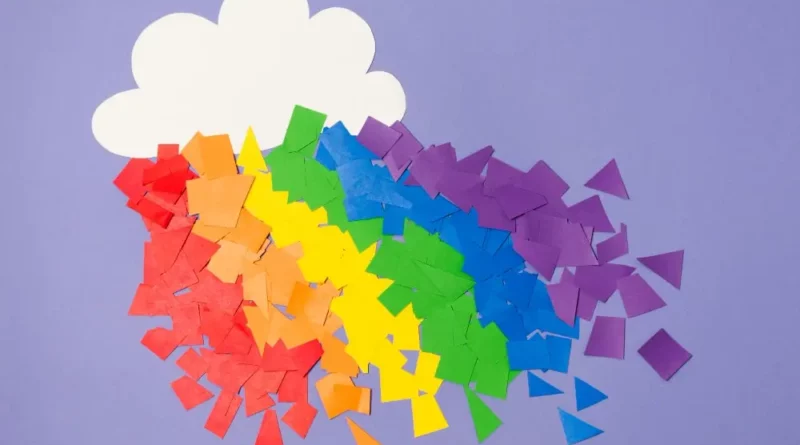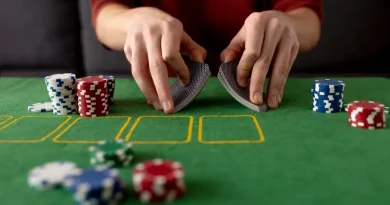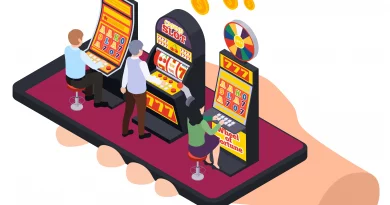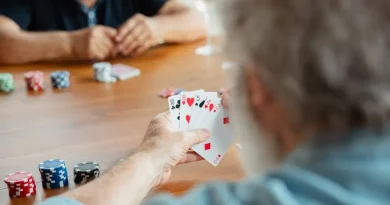Psychology of colors in the design of online slot machines
The deliberate and captivating employment of colors in casinos is far from just a chance occurrence. They’ve been shown to directly and diversely influence the human psyche, with each hue evoking a unique emotional response. If you delve into the broad spectrum of colors adopted in online casinos, you’ll find each hue purposely selected, serving a distinct role and intent. The magnitude of color’s potency extends beyond physical casinos, particularly impacting the realm of online gambling. In this discourse, we’re going to explore the pivotal role of ‘lucky colors’ within the realm of gambling, assessing their impact on the operations and efficiency of online casinos. A specific area of focus will be online slot machines, where colors are not merely decorative elements but active influencers, shaping the players’ experiences and behaviors.
Mystery or superstition? Gambling’s lucky colors
Superstitious notions abound in gambling, with some players depending on skill and others seeking supernatural help for victories. Recognizing this, casinos have explored color psychology in designing their gaming tables. Incorporating specific ‘lucky colors’ subtly can encourage patrons to stay longer and make return visits.
Red – A pause signal
Red communicates a stop message to the brain, enabling players to focus on their games. It’s considered fortuitous in Chinese culture, symbolizing prosperity. This belief is subtly or openly celebrated by some gamblers, perhaps by wearing red underwear as a talisman. You can observe this color strategy in games like Wheel of Fortune, Quick Hit, and Lucky Lady’s Charm Deluxe Slot.
Yellow – A visual magnet
The color yellow grabs players’ attention. Conveying a ‘linger and look here’ message, especially when coupled with red, prompts players to pay attention. Experience the allure of yellow in games like 88 Dragons, Texas Tea, or Indian Dreaming.
Green – An emblem of stability
Green stands as a beacon of steadiness in the colorful world of casinos. Nestling between the cooler ends of the color spectrum, such as blues and purples, and the warmer hues like oranges and reds, green imparts a sense of calm, helping players feel more composed.
Black – The color of power and luxury
Connoting both power and opulence, black gives an aura of authority. Playing under such an ambiance provides players with a semblance of control, which can boost their confidence.
Orange – The hue of engagement
Orange, largely seen on “Spin” or “Deposit” buttons in gaming interfaces, is known to evoke engagement. This vibrant color is frequently used for calls to action due to its eye-catching qualities.
Gold – Symbolizing affluence
In the casino world, gold draws a parallel with wealth. Just like in reality, gold is considered more precious than money, making it an iconic symbol of richness and abundance, and hence, extensively used in online casinos.
Brown and superstitious beliefs
Even in gambling, superstitions play a considerable role. Only a handful of players solely depend on their skills, with many banking on their luck or unseen forces to aid in their victories.
White – reflecting the absence of black
Despite white generally being perceived as a lucky color in the world of gambling, in China, including casinos, it denotes death and is prevalently used at funerals, not at auspicious events like marriages.
Blue – Crafting confidence
Blue, often associated with trust and security, fosters a sense of reliability in the player. It aids in focusing on the current game and incrementally builds player confidence.
Examining the Use of Color in the Book of Dead
After delving into the theoretical aspect of individual colors influencing gameplay, it’s time for a practical application of these principles. To do this, we’ll break down the color palette of a specific game.
Symbolism and Rewards in the Book of Dead
Color plays a pivotal role in the Book of Dead slot game, with hues of yellow and gold dominating the visual landscape. The seemingly Egyptian adventure-themed symbols including characters like Rich Wilde (the explorer), the Pharaoh, Anubis, and Horus are all designed to offer the highest rewards. These symbols are framed in gold but are contrasted by hints of green – a calming color, presumably aimed at pacifying players after they secure a win.
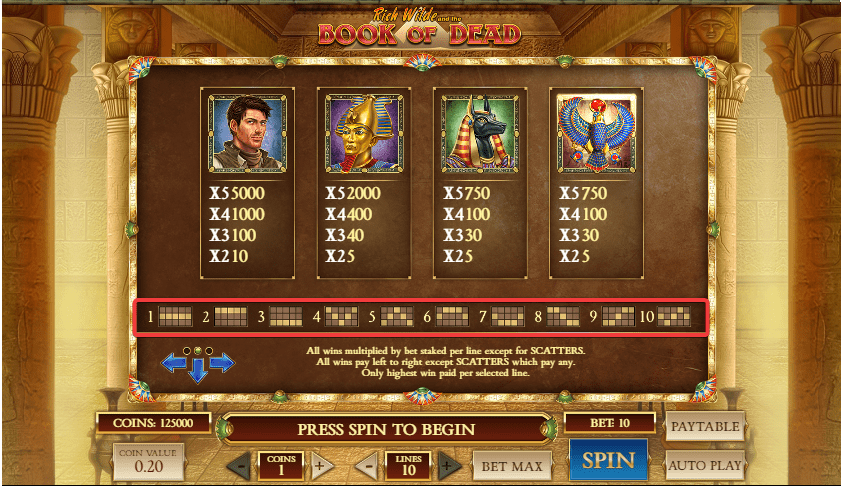
Rich Wilde Symbol – Trust in blue
The Rich Wilde symbol showcases a man similar in appearance to the famous character Indiana Jones. A distinct blue hue encases the character, sought to generate an atmosphere of trust for the player.
Pharaoh Symbol – A nod to royalty
The Pharaoh symbol, directly coded in colors tied to Egyptian aesthetics, presents a blend of non-beige, red, and golden hues. The dominating use of the color purple, traditionally associated with royalty, stands out in this symbol.
Anubis – A serene guardian
The Anubis symbol, deeply rooted in Ancient Egyptian mythology as a black dog, is awash with a shade of green symbolizing tranquility. The use of black intertwines well with gold and green hues, encouraging players to concentrate on the game while remaining calm about potential victories.
Horus – The divine aspect
The Horus symbol in the Book of Dead projects significant aspects of Ancient Egyptian culture through the adroit use of color. Presented in gold and blue with stark black and white accents, each color is steeped in symbolism.
Gold, often associated with eternity, immortality, and divinity, enhances Horus’s divine stature, suggesting the potential for hefty wins for players.
Meanwhile, blue, a color linked to the sky, the Nile waters, and divine wisdom, reaffirms Horus’s status as a symbol of luck.
High contrast black and white elements in the Horus symbol serve to command the player’s attention.
Remaining elements – Gold, blue, and a promise of wins
The game’s interface follows a coherent design, predominantly featuring gold or bronze tones, in line with the Egyptian theme.
Interestingly, the spin button, a standout feature in a sea of golden elements, shines in blue with a subtle golden ‘Spin’ inscription. Drawing on color psychology, blue signifies calmness, reliability, and trust, while the golden details suggest luxury, quality, and successful wins. This combination subtly promotes player engagement, motivating them to hit the spin button.
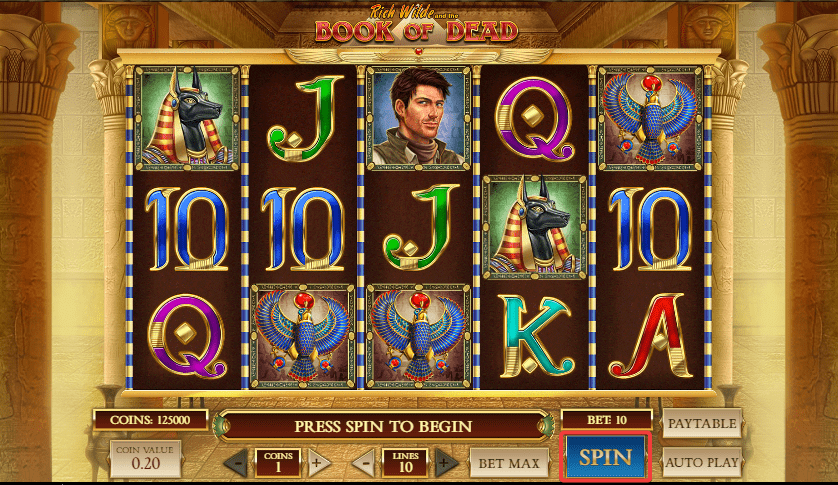
Every detail has been considered in the design of Book of Dead to create an appealing and at the same time psychologically coherent gaming experience.

